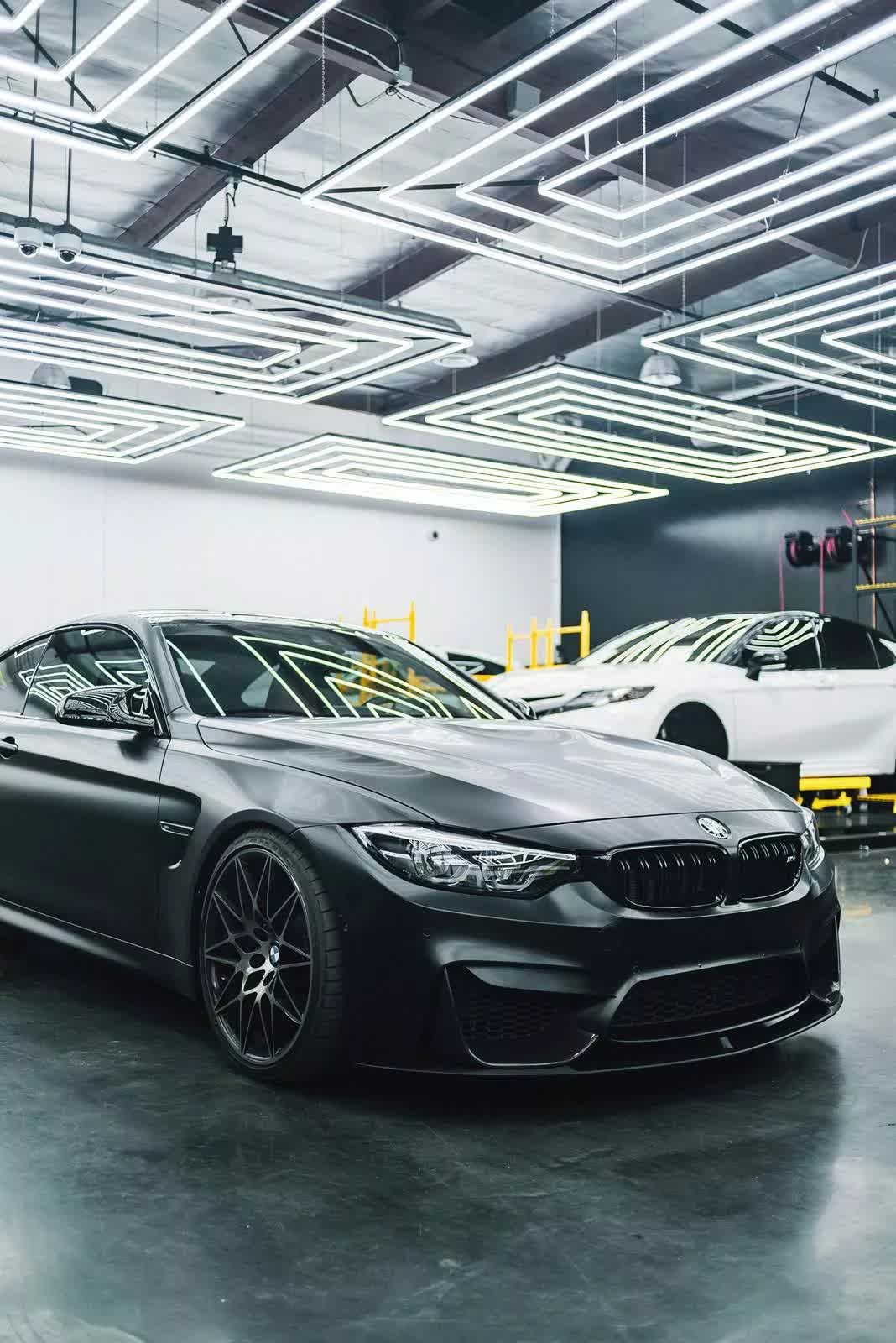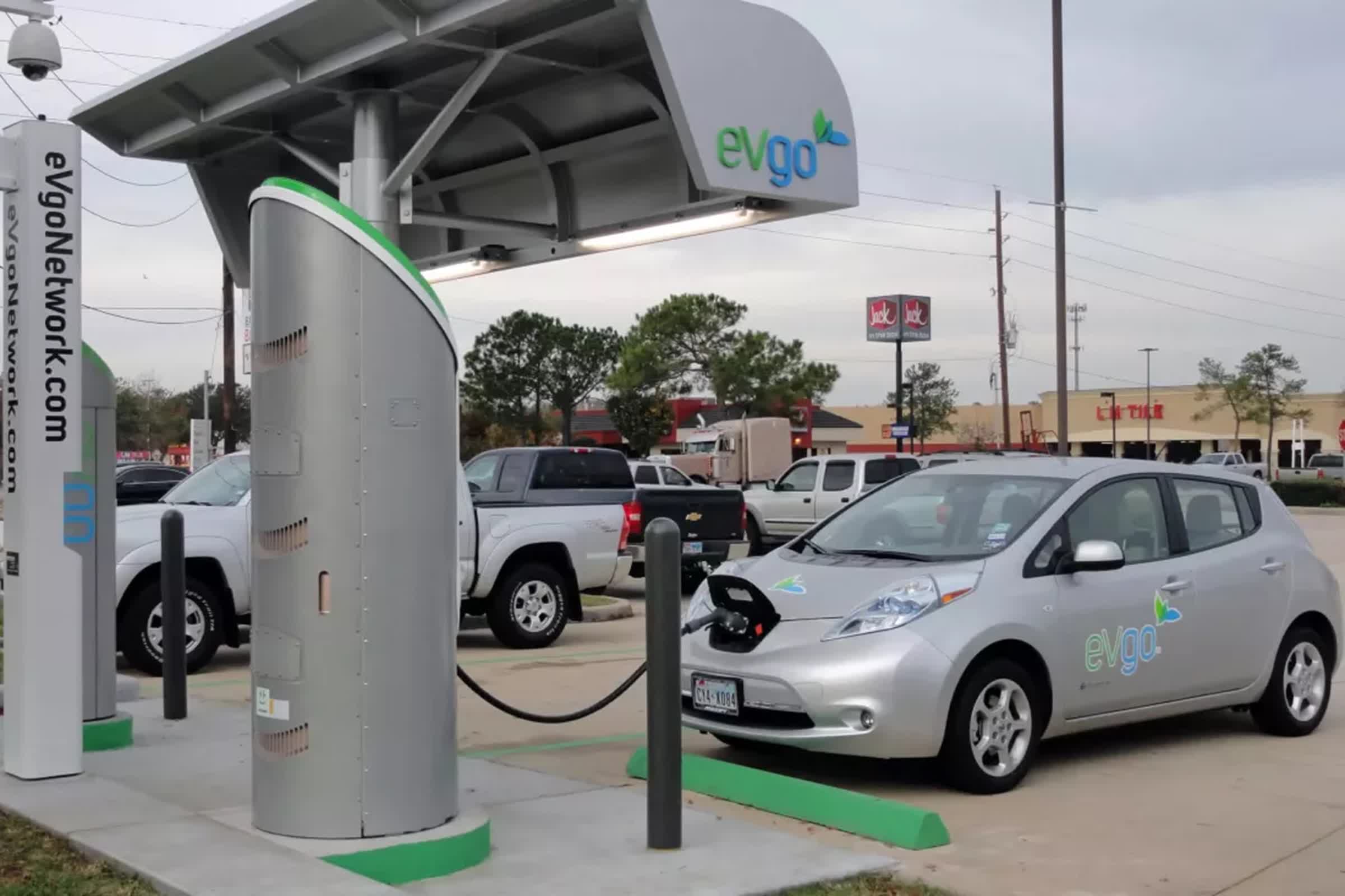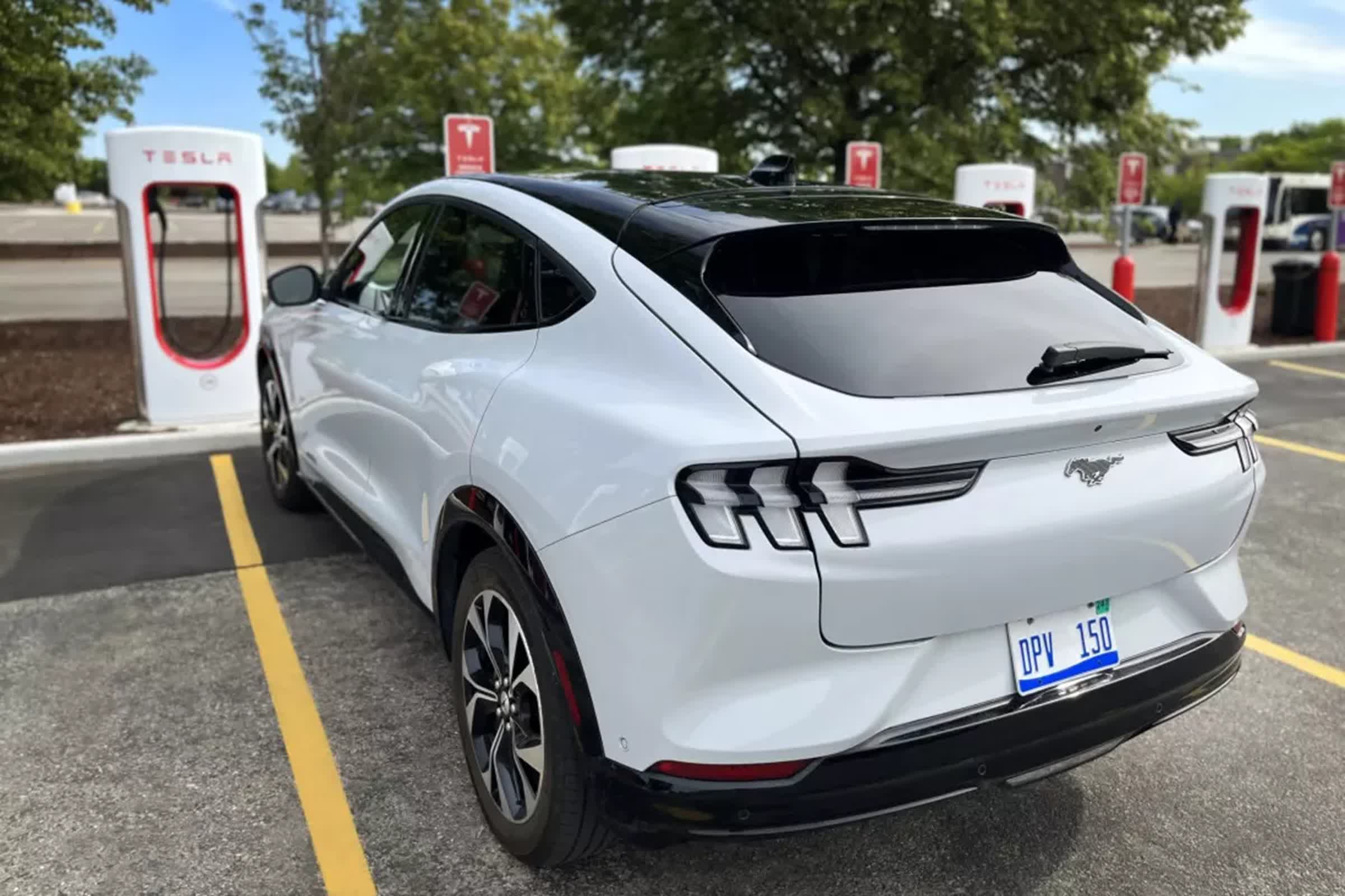Why it matters: The EV market is at a critical juncture as automakers revise production goals citing softening demand even though research still points towards long-term growth. Now is an ideal time for consumers to consider making the switch to EVs while manufacturers must adapt quickly to a changing market and still maintain a long-term vision for electrification.
Over the past year, automakers have reported softening demand for electric vehicles and have subsequently reassessed their original ambitious production targets. At the same time, there is an unexpected level of oversupply in the market, depressing prices and giving bargain-hunting consumers the opportunity to buy these cars at a discounted price. It is a significant shift in the EV landscape that has occurred over the space of a year.
Certainly, the long-term outlook is looking far different than even a few months ago. One after another, major automakers have announced plans to scale back their EV production goals for the next five years.
Late last year, 14 EV automakers had production goals of 27 million EVs for 2030, according to a new analysis by BloombergNEF reported in Inside EVs. Since then they have revised this number and will now produce a combined 23.7 million electric cars that year – a 3.3 million unit shortfall primarily attributed to Mercedes-Benz, Ford, and Volvo, who have retreated from their initial 2030 goals.
Mercedes-Benz, for instance, has revised its target from 100 percent EV sales globally by 2030 to 50 percent. Ford has walked back its goal of selling only electric cars in Europe by 2030, while Volvo has adjusted its target to include plug-in hybrids alongside pure EVs. Other major players like Volkswagen and Stellantis are also struggling to meet their 2030 goals and may need to recalibrate soon.

Short-term targets are also being adjusted. General Motors has stepped away from its goal of achieving 1 million units of EV-manufacturing capacity in North America by next year, citing slower market development. Toyota has reduced its 2026 target from 1.5 million EV sales to 1 million.
Still, BloombergNEF is projecting a 20 percent increase in sales of EVs and plug-in hybrids in the US this year.
Meanwhile, even as automakers scale back their production goals and immediate sales don't appear to be at risk, there's an oversupply of EVs in the market. Research from Cars.com shows that EV supply has increased by more than 60 percent compared to last year, outpacing the growth in demand. This has led to EVs staying on dealer lots for an average of 82 days, nearly 20 percent longer than last year.

This oversupply has led to attractive deals on both new and used EVs for consumers. Cars.com reports that used EV prices have fallen by 7.8 percent compared to last year, and searches for used EVs are five times higher than for new EVs. Popular models like the Kia EV9, Chevy Blazer EV, and various Hyundai models can be had at compelling lease and purchase prices.
These two trends have left automakers navigating a complex balancing act. While the current glut of EVs on the market may be temporary, they still need to manage their production to avoid oversupply and maintain profitability. On the other hand, scaling back too much could leave them behind in the long-term EV race, especially as companies like Tesla and China's BYD continue to push forward aggressively.
The industry is in a transition period, in other words, where finding the right mix of supply and demand may require a new approach to the market.
